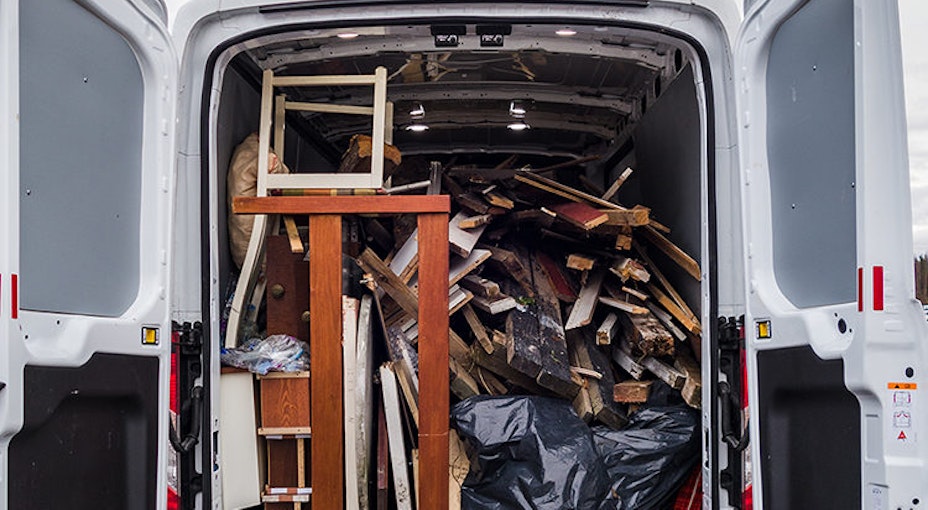The dangers of overloading your van
By Alan Boswell Group

According to the Driver & Vehicle Standards Agency (DVSA), 8 in 10 vehicles they stop are pulled over because they are overloaded. If a van gets stopped for overloading and is also found to suffer mechanical defects, it could result in a court appearance or large fine.
Before getting behind the wheel, its important you know the maximum payload and understand what could happen if you overload your van.
The gross vehicle weight
To work out how much weight your van can legally carry you need to know two figures: the van's unladen weight and its Gross Vehicle Weight (GVW). Usually, this information is in the owner's manual, on the van's chassis plate located on one of the door sills or near the door frame.
Unladen weight is the weight of the van when it's not carrying any passengers, goods or other items. It includes all necessary operating consumables such as motor oil, transmission oil and coolant, but does not include fuel.
Gross Vehicle Weight (GVW) is the van's unladen weight plus the maximum load that can be safely carried when driving on the road - i.e. the maximum weight it's allowed to be when fully loaded.
The calculation you need to perform to work out how much weight a van can legally carry is: GVW minus unladen weight. This will provide you with the van's payload capacity.
The only sure-fire way of knowing if your van is overloaded is by taking it to a weighbridge centre. Most weighbridges are operated by private businesses so make sure to check their operating hours and how much it costs before you go.
A daily trip to your local weighbridge centre is not practical in the long run. Once you've got a good idea of how your van feels when it's near its GVW, you'll need to use common sense and personal judgement.
The implications of driving an overloaded van
Driving an overloaded van will affect its performance and safety, putting you and other road users in danger. It will put a strain on the suspension, making it look low to the ground and the steering will be heavier and feel askew. Driving an overloaded van can damage the roads, pavement and bridges, leaving the taxpayer to foot the repair bill.
Driving an overloaded van can including the following fines;
5-10% overloaded = £100 fine
10-15% overloaded = £200 fine
15-30% overloaded = £300 fine
If your vehicle is more than 30% overloaded you will receive a court summons. Your van could be immobilised and you might receive a fine of £80. If you do get summoned to court, you risk a fine of up to £5000.If you're involved in an accident and your vehicle is overloaded, your insurance will be void.
This means that by overloading your vehicle, you could be driving a commercial vehicle without insurance – a crime in itself, leaving your business with a hefty repair bill.
Need help with your insurance?
Whether you need a quote, have a general enquiry, or want to talk it through over the phone, we're here to help.
Make an enquiry – general and locations
Related guides and insights

Car insurance add-ons and extras explained
Car insurance extras provide additional insurance for events or incidents not covered by your standard policy. We explore some of the most popular car insurance add-ons so that you can choose what’s right for you.

Crit’Air stickers: a guide for car, motorhome, and campervan owners
If you’re planning to take a road trip to France – or you run a self-drive hire company – you need to make sure you get a Crit’Air sticker to drive in low-emission zones. We take a look at the increasingly complex rules on this topic.

Guide to personal accident car insurance cover
Personal accident cover pays out compensation to you or your beneficiaries if you’re seriously injured or die in a car accident. It’s also known as personal injury insurance.

Why have car insurance costs gone up?
Recently, motorists have seen a noticeable increase in their car insurance premiums, with price rises of over 50% in the last year, leaving the average premium at almost £1,000, according to Confused.com. In this article, we look at the key reasons behind accelerating car insurance premiums.
